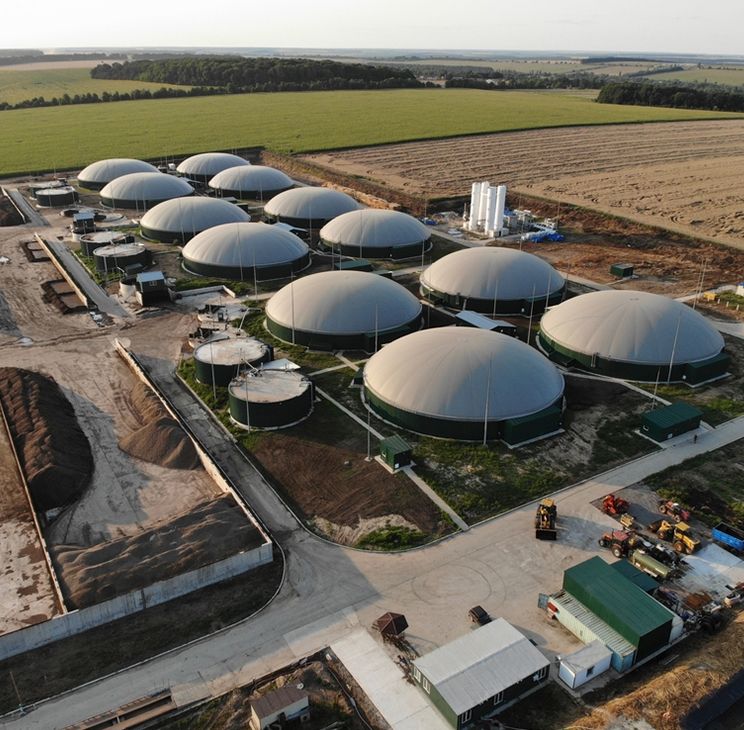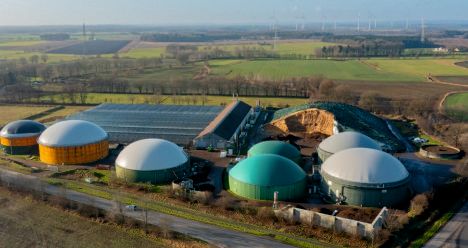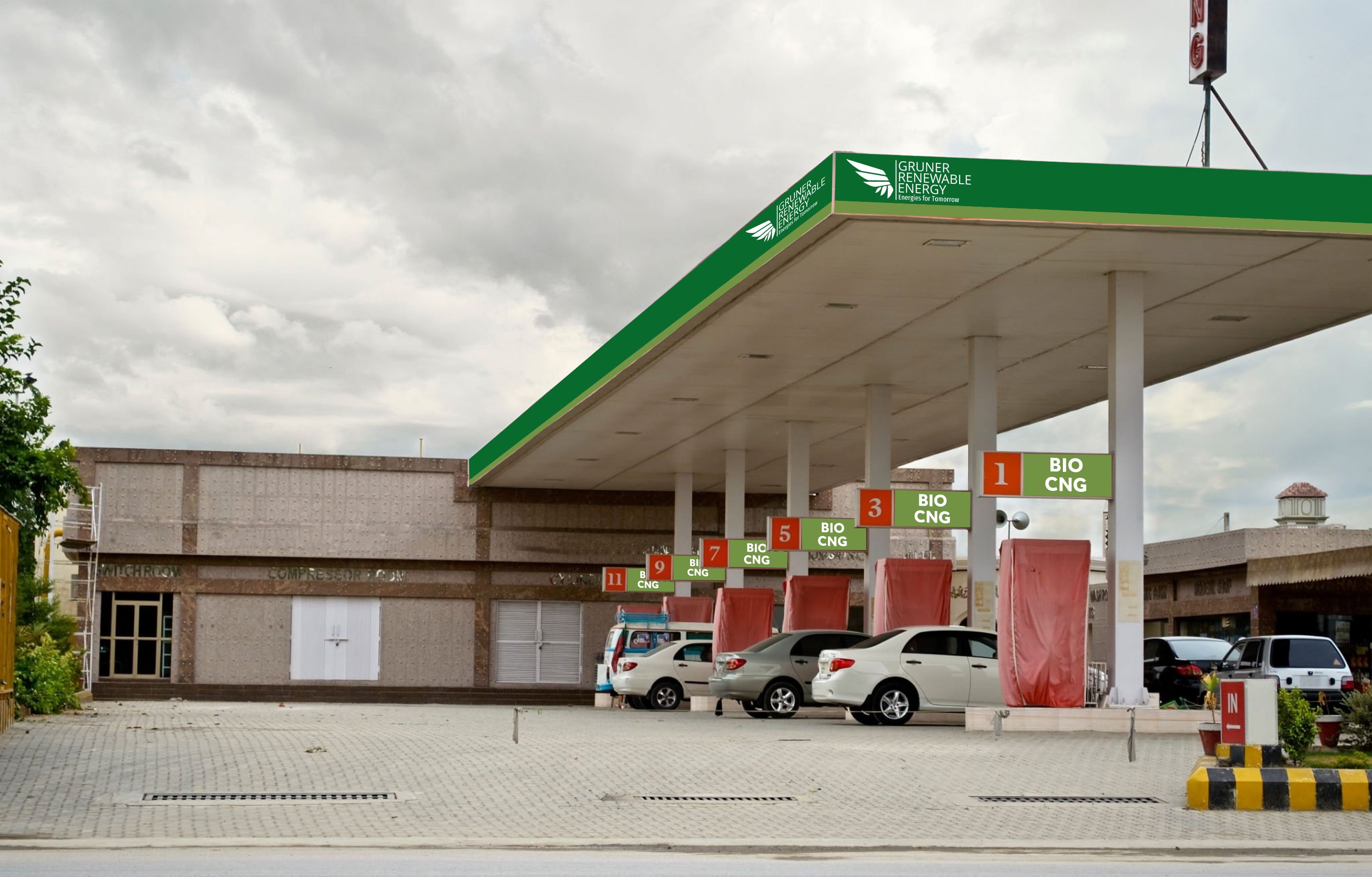Our Products
Powering the Future: Bio CNG Plants and Retail Pump Outlets – Unleashing Sustainable Energy Solutions!


+
We drive the transition to more sustainable, reliable & affordable energy systems. With our innovative technologies, we energize society, that’s our aim
The better source of energy for the better tomorrow
Renewable energy technologies are rapidly advancing and becoming more cost-effective, making them increasingly competitive with traditional sources of energy. The use of renewable energy can help reduce greenhouse gas emissions, improve air and water quality, and promote energy independence and security. Many countries have set renewable energy targets as part of their climate change and sustainable development goals, and there is a growing global movement toward transitioning to a renewable energy-based economy.
Over the years, significant technological advancements have occurred in the biogas industry, enhancing efficiency and expanding its applications. Initially, biogas production primarily relied on animal waste and agricultural residues. But now, innovative feedstock options, including food waste, municipal waste, and industrial effluents, have widened its scope.
Biogas plays a crucial role in diversifying India's energy mix and reducing its dependence on fossil fuels. By harnessing biogas, the nation can mitigate greenhouse gas emissions and combat climate change. Additionally, decentralized biogas plants in rural areas contribute to energy access and rural development.
One of the most significant advantages of biogas is its positive environmental impact. By converting organic waste into biogas, the process not only generates renewable energy but also reduces the release of methane, a potent greenhouse gas emitted by decomposing waste. This helps in waste management, curbing pollution, and improving overall air quality.
The Genesis of Bio-CNG Pumps in India
The concept of Bio-CNG in India began as an extension of the biogas movement. Realizing the potential of biomethane as a vehicular fuel, Bio-CNG pumps were introduced as a cleaner and eco-friendly alternative to conventional Compressed Natural Gas (CNG) stations. The adoption of Bio-CNG as a transportation fuel started gaining momentum in the early 2010s. With a focus on reducing carbon emissions and promoting sustainable practices, the technology behind Bio-CNG production has evolved significantly. Initially, Bio-CNG was derived mainly from organic waste and agricultural residues. However, advances in technology now allow the use of various feedstock options, including agricultural waste, food waste, municipal waste, and sewage, making the process more efficient and scalable. Bio-CNG pumps contribute to enhancing India's energy security by reducing dependence on imported fossil fuels. Additionally, the utilization of organic waste and agricultural residues for Bio-CNG production addresses the critical issue of waste management, promoting a circular economy approach.

.png)
Environment Friendly
BIO CNG plants are a sustainable alternative to traditional fossil fuels and help to reduce greenhouse gas emissions. The biogas produced from organic waste is a renewable energy source that can be used to power vehicles, generate electricity, or for heating purposes.
.png)
Cost Effective
Setting up a BIO CNG plant in India can be a cost-effective solution for organizations and industries that generate a large amount of organic waste. By converting this waste into biogas, companies can save on disposal costs and generate revenue from the sale of CNG.
Customizable
BIO CNG plants can be designed and customized to meet the specific needs of different industries and organizations. Gruner Renewables works closely with clients to provide tailor-made solutions that meet their requirements and optimize the production of biogas.
State-Wise Installed Bio-CNG
Capacity
Advancements in Biogas and Bio- CNG production
High solid anaerobic decomposition is a technique created to use fewer reagents, enhance organic digestion rate (OLR), prevent or minimize waste products dehydration, while minimizing the absorption of nutrients.
High Solid Anaerobic Digestion :
High solid anaerobic decomposition is a technique created to use fewer reagents, enhance organic digestion rate (OLR), prevent or minimize waste products dehydration, while minimizing the absorption of nutrients.
Pressure Swing Adsorption (PSA):
The procedure known as speed sway adhesion, or PSA, is used to extract different gases form a gas combination. PSA is a n air separating method that is frequently applied in industry. The majority of PSA's applications are in petroleum and industrial operations is used to extract the two gases from air as well as to acquire oxygen from mixing or transformation fumes. During compulsion, gases differentiate depending on the molecular properties of the species and their attraction for adsorbent agent.
Upgrading Biogas with CO2 Absorption:
Chemical absorption of carbon dioxide for biogas upgrading is of special significance due to its operation at ambient or near ambient temperature and pressure, thus reducing energy consumption.
Chemical absorption:
This is centred on a reaction between acids and bases, for the reason that a particular substance that decreases reduction is used.Cleansing with compressed water relies on the concept that the dissolution of the substances in water-based, which is contingent on pressure and temperatures. There are two technological advances types in this case: combining water reusing as well as without recirculation being both of these techniques function at high challenges.
Membrane Separation :
It includes all of the technological processes applied in the manufacture and usage of walls. Membranes are utilized to help with the physical partitioning of fluid and gas channels as well as the transit or exclusion of materials throughout surfaces.
Power-to-Gas :
It includes all of the technological processes applied in the manufacture and usage of walls. Membranes are utilized to help with the physical partitioning of fluid and gas channels as well as the transit or exclusion of materials throughout surfaces.
